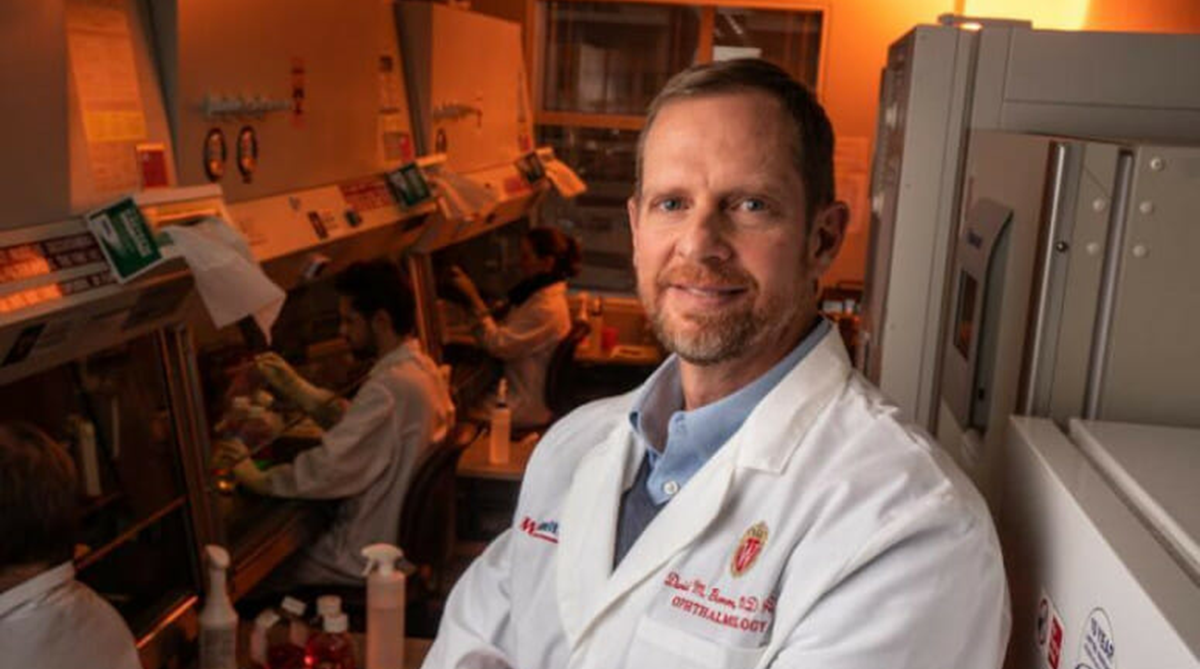
04 Jan Lab-grown retinal eye cells make successful connections, open door for clinical trials to treat blindness
By Chris Barncard, UW–Madison
Retinal cells grown from stem cells can reach out and connect with neighbors, according to a new study, completing a “handshake” that may show the cells are ready for trials in humans with degenerative eye disorders.
Over a decade ago, researchers from the University of Wisconsin–Madison developed a way to grow organized clusters of cells, called organoids, that resemble the retina, the light-sensitive tissue at the back of the eye. They coaxed human skin cells reprogrammed to act as stem cells to develop into layers of several types of retinal cells that sense light and ultimately transmit what we see to the brain.
“We wanted to use the cells from those organoids as replacement parts for the same types of cells that have been lost in the course of retinal diseases,” says David Gamm, the UW–Madison ophthalmology professor and director of the McPherson Eye Research Institute whose lab developed the organoids. “But after being grown in a laboratory dish for months as compact clusters, the question remained — will the cells behave appropriately after we tease them apart? Because that is key to introducing them into a patient’s eye.”
During 2022, Gamm and UW–Madison collaborators published studies showing that dish-grown retinal cells called photoreceptors respond like those in a healthy retina to different wavelengths and intensities of light, and that once they are separated from adjacent cells in their organoid, they can reach out toward new neighbors with characteristic biological cords called axons. Read more …



